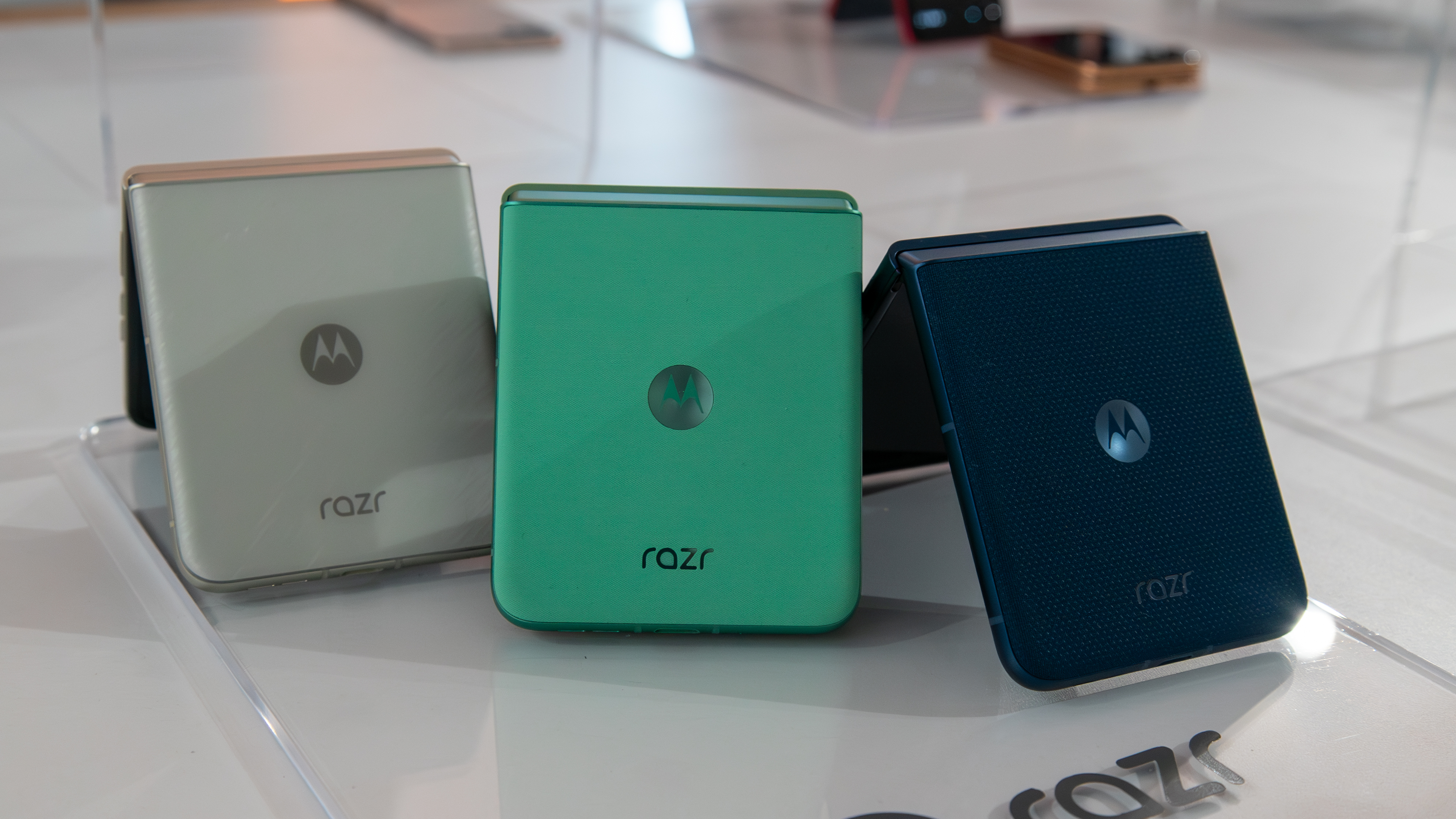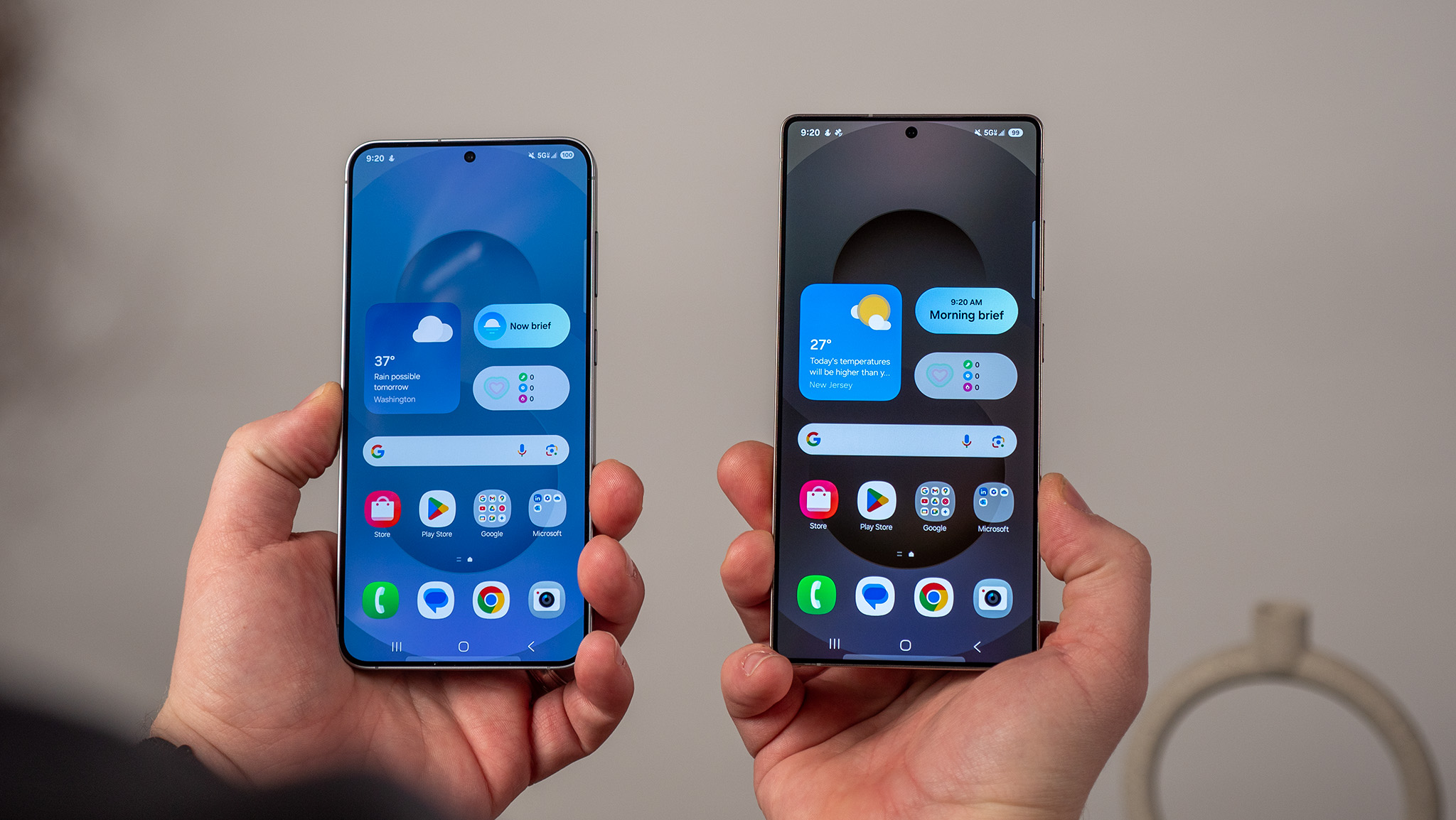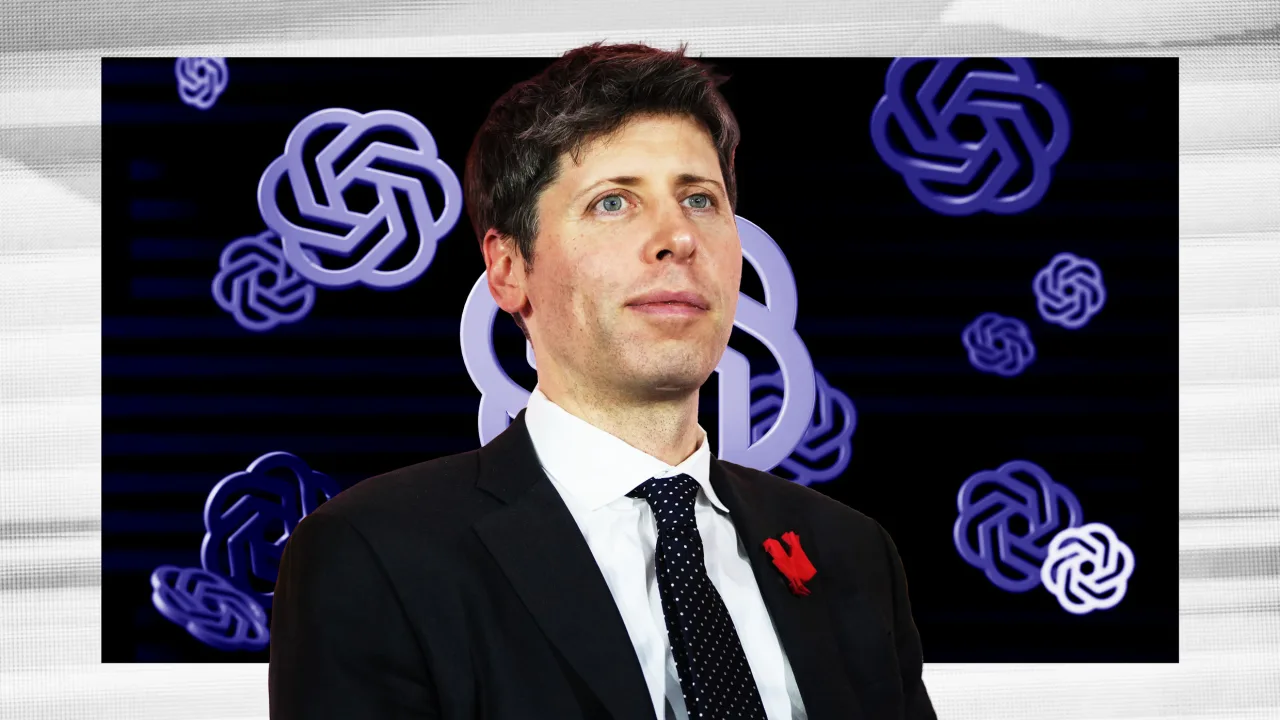Leading with Conviction, Listening with an Open Mind
A piece of feedback that reshaped how I think about conviction, consensus, and presence when you're the most senior person in the room. Originally published at mustafatorun.me A few years ago, I wrote a design document outlining a few different options. It was for a group more experienced than me—not in the domain, but in the industry. I knew the problem well. I had done the work. But still, I softened my position. I showed the tradeoffs, invited discussion, and held back from saying with confidence, “This is the direction I believe we should take.” In a pre-review, someone I trusted — someone more experienced than me — called it out. The document lacked conviction. It read like I was asking the group to decide for me. They reminded me that I was the expert in this domain — not them. What they expected was something else: my thinking, clearly stated and owned. Not rigid, not defensive — just grounded in the work I had done. That moment stuck. I’ve found myself giving this advice ever since — to engineers, to peers, to new leaders. If you want real collaboration, don’t just open the floor. First, show your thinking. Then invite challenge. Because consensus doesn’t mean staying neutral. It doesn’t mean showing up and asking, “What do you all think we should do?” and hoping clarity will emerge. It means doing the work, forming a point of view, and bringing others something solid to react to. Consensus starts with conviction. What’s harder is holding that conviction while staying open. You walk in with a recommendation—and a willingness to change your mind. That’s always important, but it becomes even more critical when you’re the most senior person in the room. That’s when the room starts tilting toward you. People hesitate. They defer. And when you get that wrong, the cost is hidden. People stop pushing back. They start clapping along. What looks like alignment is often just fear in disguise — not because people agree, but because they don’t feel safe to disagree. Leading in that moment means doing both: showing clarity and making space. Saying, “Here’s what I think,” and meaning it — while still being the kind of person others feel comfortable challenging. That’s the real work of the most senior person in the room: bringing conviction without shutting down dialogue. Creating clarity while leaving room for disagreement and change. It’s a balance. And that’s the job. Cover Image: Lime Kiln Point Lighthouse. A guidepost that didn’t move — just made things easier to see.

A piece of feedback that reshaped how I think about conviction, consensus, and presence when you're the most senior person in the room.
Originally published at mustafatorun.me
A few years ago, I wrote a design document outlining a few different options. It was for a group more experienced than me—not in the domain, but in the industry. I knew the problem well. I had done the work. But still, I softened my position. I showed the tradeoffs, invited discussion, and held back from saying with confidence, “This is the direction I believe we should take.”
In a pre-review, someone I trusted — someone more experienced than me — called it out. The document lacked conviction. It read like I was asking the group to decide for me. They reminded me that I was the expert in this domain — not them. What they expected was something else: my thinking, clearly stated and owned. Not rigid, not defensive — just grounded in the work I had done.
That moment stuck.
I’ve found myself giving this advice ever since — to engineers, to peers, to new leaders. If you want real collaboration, don’t just open the floor. First, show your thinking. Then invite challenge.
Because consensus doesn’t mean staying neutral. It doesn’t mean showing up and asking, “What do you all think we should do?” and hoping clarity will emerge. It means doing the work, forming a point of view, and bringing others something solid to react to.
Consensus starts with conviction.
What’s harder is holding that conviction while staying open. You walk in with a recommendation—and a willingness to change your mind. That’s always important, but it becomes even more critical when you’re the most senior person in the room.
That’s when the room starts tilting toward you. People hesitate. They defer. And when you get that wrong, the cost is hidden. People stop pushing back. They start clapping along. What looks like alignment is often just fear in disguise — not because people agree, but because they don’t feel safe to disagree.
Leading in that moment means doing both: showing clarity and making space. Saying, “Here’s what I think,” and meaning it — while still being the kind of person others feel comfortable challenging.
That’s the real work of the most senior person in the room: bringing conviction without shutting down dialogue. Creating clarity while leaving room for disagreement and change.
It’s a balance. And that’s the job.
Cover Image: Lime Kiln Point Lighthouse. A guidepost that didn’t move — just made things easier to see.






































































































































































![[The AI Show Episode 146]: Rise of “AI-First” Companies, AI Job Disruption, GPT-4o Update Gets Rolled Back, How Big Consulting Firms Use AI, and Meta AI App](https://www.marketingaiinstitute.com/hubfs/ep%20146%20cover.png)

















































































































































































.jpg?width=1920&height=1920&fit=bounds&quality=70&format=jpg&auto=webp#)





















































.jpg?#)






























_Alexey_Kotelnikov_Alamy.jpg?width=1280&auto=webp&quality=80&disable=upscale#)
_Brian_Jackson_Alamy.jpg?width=1280&auto=webp&quality=80&disable=upscale#)

_Steven_Jones_Alamy.jpg?width=1280&auto=webp&quality=80&disable=upscale#)


 Stolen 884,000 Credit Card Details on 13 Million Clicks from Users Worldwide.webp?#)






















































































![Roku clarifies how ‘Pause Ads’ work amid issues with some HDR content [U]](https://i0.wp.com/9to5google.com/wp-content/uploads/sites/4/2025/05/roku-pause-ad-1.jpg?resize=1200%2C628&quality=82&strip=all&ssl=1)

![Look at this Chrome Dino figure and its adorable tiny boombox [Gallery]](https://i0.wp.com/9to5google.com/wp-content/uploads/sites/4/2025/05/chrome-dino-youtube-boombox-1.jpg?resize=1200%2C628&quality=82&strip=all&ssl=1)










![Apple Seeds visionOS 2.5 RC to Developers [Download]](https://www.iclarified.com/images/news/97240/97240/97240-640.jpg)
![Apple Seeds tvOS 18.5 RC to Developers [Download]](https://www.iclarified.com/images/news/97243/97243/97243-640.jpg)

![Apple Releases macOS Sequoia 15.5 RC to Developers [Download]](https://www.iclarified.com/images/news/97245/97245/97245-640.jpg)





































































































